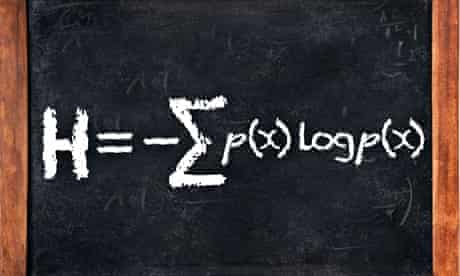-
6
Oct
BrainNet allows collaborative problem-solving using direct brain-to-brain communication.
BrainNet allows collaborative problem-solving using direct brain-to-brain communication.

Shannon’s mathematical theory of communication defines fundamental limits on how much information can be transmitted between the different components of any man-made or biological system.
Read the rest of this entry…
A new study reports for the first time functional interactions among brain rhythms in music perception using a novel, elegant, multiplex-aware approach based on a community detection algorithm.
| M | T | W | T | F | S | S |
|---|---|---|---|---|---|---|
| « Jan | ||||||
| 1 | 2 | 3 | ||||
| 4 | 5 | 6 | 7 | 8 | 9 | 10 |
| 11 | 12 | 13 | 14 | 15 | 16 | 17 |
| 18 | 19 | 20 | 21 | 22 | 23 | 24 |
| 25 | 26 | 27 | 28 | 29 | 30 | |
Exoskeleton Retinal prosthesis human to human interface Connectomics Graph Theory neuroethics tCS CPG Biometrics Plasticity Trajectories systems-neuroscience music recommendation music neuroscience Deep Learning Interpretability Learnable Filters network neuroscience multiplexing Conferences music perception brain networks modularity community detection brain to brain interface transcranial direct current stimulation music Sparse neurons Noise Deep Brain Stimulation LFP Neural coding TMS Computational Neuroscience Brain-inspired Computing Neuroimaging Wavelets Neuro-inspired Computing neuroprosthetics Bionics Machine Learning neural recordings EEG Information Theory Dimensionality Reduction Modelling Neural Networks Clustering Statistical Analysis Neurophysiology Spike Sorting Brain Research Brain Interfaces
WP Cumulus Flash tag cloud by Roy Tanck requires Flash Player 9 or better.